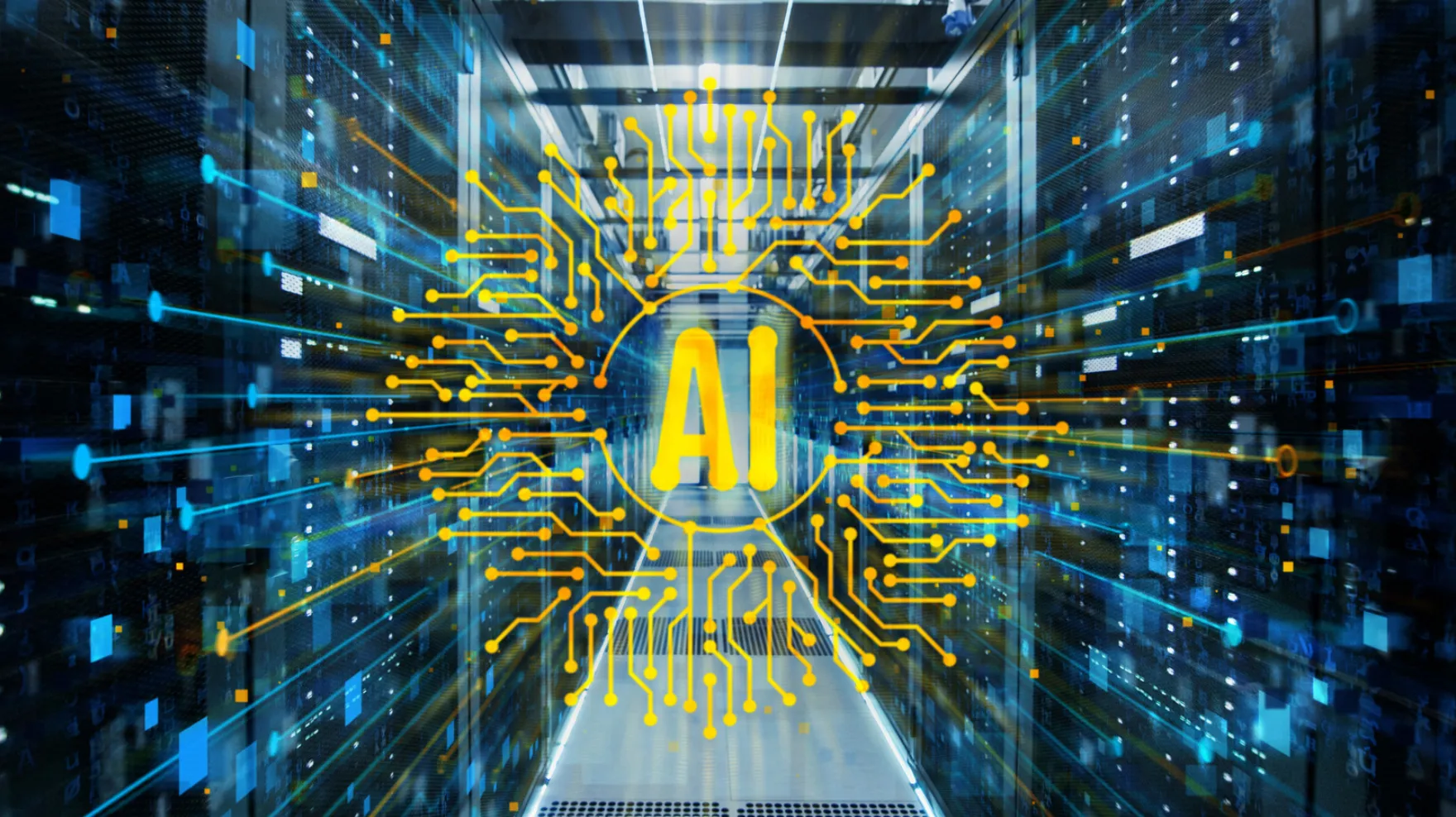WASHINGTON, D.C. – July 2025 — The artificial intelligence boom in the United States is getting a major push from a less flashy but powerful policy lever: tax incentives. A wave of federal and state-level tax breaks for data center infrastructure—especially those supporting AI workloads—has dramatically accelerated AI deployment across the country.
Under new legislation and IRS guidelines, companies building or expanding data centers for AI development can now immediately write off 100% of capital costs, a shift from traditional depreciation timelines. Coupled with state subsidies, energy credits, and local zoning fast-tracks, these incentives are transforming how fast capacity is scaling nationwide.
⚙️ The Policy: Accelerated Depreciation for AI Infrastructure
At the heart of this surge is a tax provision modeled after past industrial booms. Under the 2025 AI Infrastructure and Innovation Act, eligible companies can deduct the full cost of AI-targeted data center builds and related hardware—including GPUs, high-density cooling systems, and renewable power installations—in the year of purchase.
This move:
- Reduces corporate tax liability significantly in the first year.
- Encourages capital reinvestment.
- Speeds up ROI calculations for startups and large firms alike.
The policy applies retroactively to projects started after January 1, 2024, and will remain in effect through 2030, with a possible extension under current congressional debates.

🏗️ The Result: Rapid Data Center Expansion
With the financial burden of long-term depreciation removed, companies are moving aggressively:
- Google Cloud, Amazon Web Services, and Microsoft have all revealed multibillion-dollar expansions in North Carolina, Arizona, and Texas.
- native firms like OpenAI, Anthropic, and Cohere are building dedicated research data centers with liquid-cooled superclusters.
- Smaller AI startups are able to lease or co-invest in regional data center hubs due to more favorable cost-sharing models.
Industry analysts expect a 40% year-over-year increase in U.S. data center square footage in 2025 alone—much of it targeted at LLM (large language model) training and inference operations.
⚡ The Catch: Energy, Sustainability, and Grid Stress
While the tax breaks are supercharging innovation, they’ve also created significant challenges:
- Electricity demand is rising sharply in rural and suburban regions where data centers are being built. Utilities in Virginia, Georgia, and Utah report nearing capacity.
- Cooling infrastructure, especially water usage in hyperscale builds, is triggering environmental concerns.
- Cities are starting to compete for infrastructure with land-use reforms, but some residents worry about noise, heat, and resource strain.
To address these issues, the federal bill includes bonus incentives for projects that integrate renewable energy, battery storage, and water-free cooling systems.
🧠 AI Talent and Jobs: Training the Next Generation
The infrastructure boom is creating a parallel demand for workers:
- Electricians, HVAC engineers, and systems technicians are in short supply.
- Fast-track trade certification programs are being introduced by states like Nevada and Ohio in collaboration with tech businesses and unions.
- Data center jobs now average $95,000 annually, drawing workers from retail, logistics, and traditional IT sectors.
Furthermore, the National Cyber Academy, established in late 2024, is providing curriculum and certification tracks to align workers with the specific needs of infrastructure and operations.
🏛️ Political Debate: Boost or Backfire?
Though the bipartisan support for development is strong, critics warn the policy could have long-term risks:
- Some legislators argue the tax code is being skewed toward large tech companies at the expense of small businesses in other sectors.
- Environmental groups fear unchecked sprawl and carbon emissions unless stricter green requirements are added.
- Economists caution that the full write-off model, while stimulating in the short term, may create bubbles or encourage overbuilding.
Still, early signs suggest the U.S. is gaining an edge over Europe and parts of Asia in AI infrastructure scaling, which many see as a critical national priority.
🌐 Global Competition: U.S. vs. China and the EU
The write-off incentive also serves a strategic geopolitical role. While China continues to pour state funding into domestic supercomputing and the EU focuses on regulation, the U.S. model prioritizes private-sector acceleration.
In fact, U.S.-based data center expansion in 2025 is already outpacing Europe by 3 to 1 in square footage and by 5 to 1 in AI compute capacity, according to industry benchmarks.
🔍 Investor Response: VC and Real Estate Surge
Venture capitalists and real estate investment trusts (REITs) are rapidly entering the infrastructure space. Key trends include:
- Data center REITs like Equinix and Digital Realty seeing 40% stock growth YTD.
- Private equity funds launching infrastructure portfolios, including storage, fiber, and GPU procurement.
- Municipal bonds being floated to support public-private hybrid builds in mid-size cities.
📉 Downsides and Displacement
Some are concerned about long-term consequences notwithstanding the economic benefits:
- Displacement of rural communities as farmland gives way to server farms.
- Widening gaps between “tech cities” and infrastructure deserts.
- Overemphasis on AI compute potentially cannibalizing budgets from other critical infrastructure (transport, broadband, schools).
Several think tanks and policy groups are calling for “balanced AI infrastructure planning” to ensure equitable growth.
🔮 What’s Next?
As write-off policies take hold and construction booms, the focus is shifting to quality, sustainability, and access.
Future proposals in Congress include:
- Tax credits tied to ethics and responsible deployment.
- Federal infrastructure balance reviews to avoid tech monopolization in public resources.
The infrastructure race is on—but it’s no longer just about chips. It’s about tax policy, political will, and how quickly we can build the digital foundation of tomorrow.
❓FAQs – AI Infrastructure Tax Breaks & Data Centers
1. What is the 2025 AI Infrastructure and Innovation Act?
This is federal legislation that allows companies to immediately write off 100% of capital expenditures for AI-targeted data center projects, rather than depreciating them over years.
2. What costs can be written off?
Eligible expenses include construction, power infrastructure, high-performance computing (HPC) systems, GPUs, advanced cooling systems, and even renewable energy installations tied to the facility.
3. How long will the policy last?
The current provision runs through 2030, with retroactive benefits starting from January 1, 2024. Extensions may be voted on depending on economic performance and lobbying.
4. What are the benefits for smaller AI startups?
Startups benefit from quicker ROI timelines, lower upfront capital burdens, and access to subsidized co-location hubs or regional data centers enabled by federal funds.







